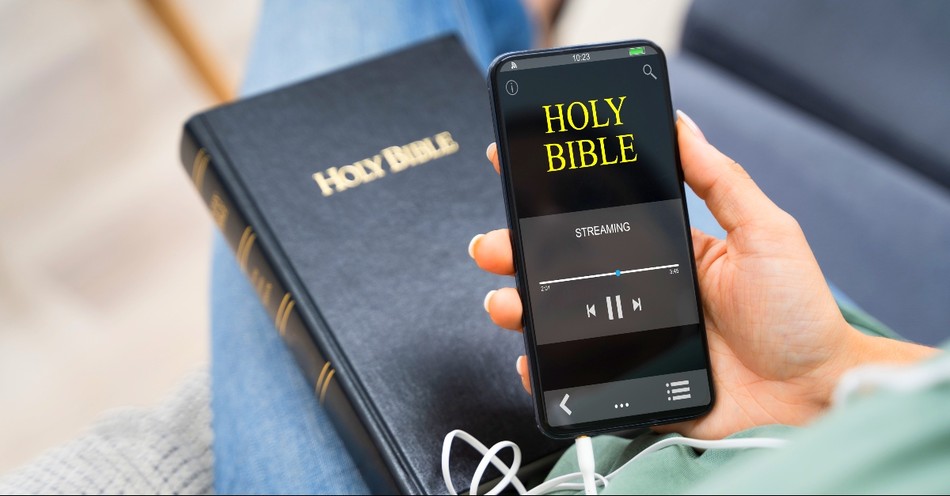The Bible was written thousands of years ago by a vast number of authors. In fact, in the case of certain books such as Hebrews, scholars can’t identify a definitive author (some have suggested Paul, others Barnabas, etc.).
Taking this into consideration, we may wonder how many changes our modern Bibles have experienced over time. Do they really say the same things that the older manuscripts did, or like a fisherman’s tale, does the fish grow longer and more absurd with each telling?
These questions have caused several believers and nonbelievers alike to stumble over the years. After all, how do we know that when people copied manuscripts that they didn’t insert their own bias into it?
In this article, we’ll discuss the reasons for why we can verifiably trust that the Bible we have today very much reflects the same wording as the oldest manuscript copies that we have of Scripture. We’ll also lightly touch on the copying process that took place over the centuries.
How Does the Bible Compare with the Oldest Manuscripts of Scripture?
Scripture explicitly says not to add even a dot or iota to change the meaning of the Bible (Revelation 22:18-19). But how do we know those who copied the Bible didn’t change its meaning based on their own biases?
The First Test
First, we have to make a note about the number of manuscript copies we have of the Bible, in comparison with other pieces of ancient literature (something known as textual criticism).
- Aristotle’s works have five copies, dating 1400 years from when the events happened.
- Pliny, a historian, has 200 manuscripts, dating 900 years from when the events happened.
- Herodotus, a famous historian, has 100-plus. dating 1300 years from the events.
In other words, the earliest copies we have from these scholars, thinkers, and historians were copied 1000 years after their events. And yet, we trust in the manuscripts. Let’s compare this with Scripture.
The Bible has 5600-plus Greek manuscripts and fragments copied, many of which were within less than 100 years of when the events happened. And those are just the Greek ones, we have thousands from other languages copied within hundreds of years of the events.
The Second Test
Second, we have to compare the oldest manuscripts with “newer” ones (newer being copied a few centuries later). That way we can see if biases crept in and if manuscripts got changed over time.
In the case of Scripture, when comparing manuscripts we see that 99.5% of the texts are the same, and the differences are marginal such as punctuation or issues that don’t relate to core doctrine. To analyze the disparities, check out Lee Strobel’s The Case for Christ.
The Third Test
Finally, we have to take into account the amount of detail and eyewitness testimony that goes into Scripture.
Keep in mind most ancient works of fiction are vague in details and don’t really provide distinctive names or places. And then let’s contrast that with Luke and Acts. Luke name-drops people and places all the time. He basically encourages readers to “go talk to this person. They witnessed this event.” He wouldn’t have included all those names if those people would deny the events even happened.
There are, of course, a great number of other reasons to trust the accuracy of Scripture such as the fact the apostles had a great deal to lose if they had believed in a lie and the undeniable proof of the Resurrection. But this article does not have the space to tackle all of that.
What Was the Copying Process Like?
Monks were meticulous copiers. And in the case of the Septuagint, it appears those who copied the Old Testament took their jobs seriously as well.
And that remains the case today. Translators of the Bible know the importance of conveying the context and meaning of each passage with accuracy and precision. The fact that the ESV committee spent hours mulling over whether they should change a word from slave to bondservant in 2011 shows the meticulous process writers still engage with today to accurately translate the Bible for readers.
Why Does This Matter?
If Scripture contains blatant inaccuracies or biases inserted over time, we have a corrupted text. Thankfully, we can compare the manuscripts we have today with the oldest manuscripts and show how not only are the core doctrines unaffected by changes but that we have a very accurate translation of what Scripture originally said.
Granted, the translations we use will affect just how accurately Scripture is being presented. But we can rest assured that the Bible, especially in comparison with other historical ancient manuscripts, wins the race by a long shot in terms of textual criticism.
Photo Credit: ©iStock/Getty Images Plus/AndreyPopov
Hope Bolinger is an acquisitions editor at End Game Press, book editor for hire, and the author of almost 30 books. More than 1500 of her works have been featured in various publications. Check out her books at hopebolinger.com for clean books in most genres, great for adults and kids. Check out her editing profile at Reedsy.com to find out about hiring her for your next book project.




